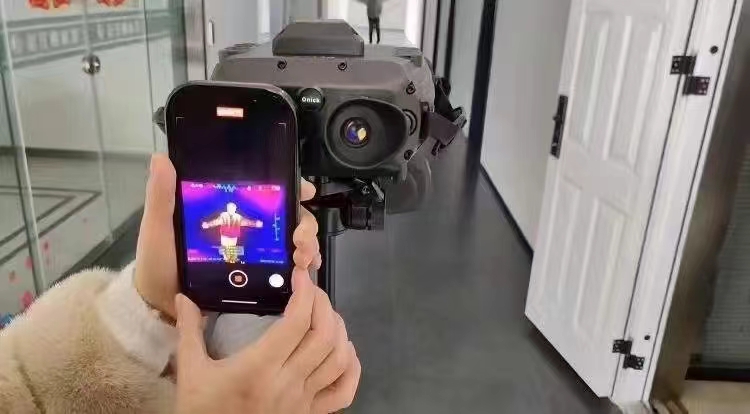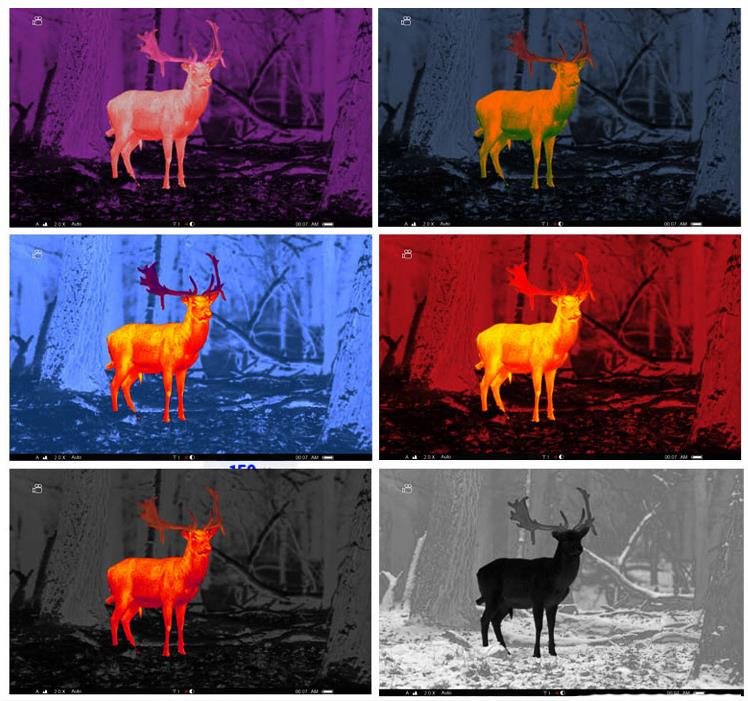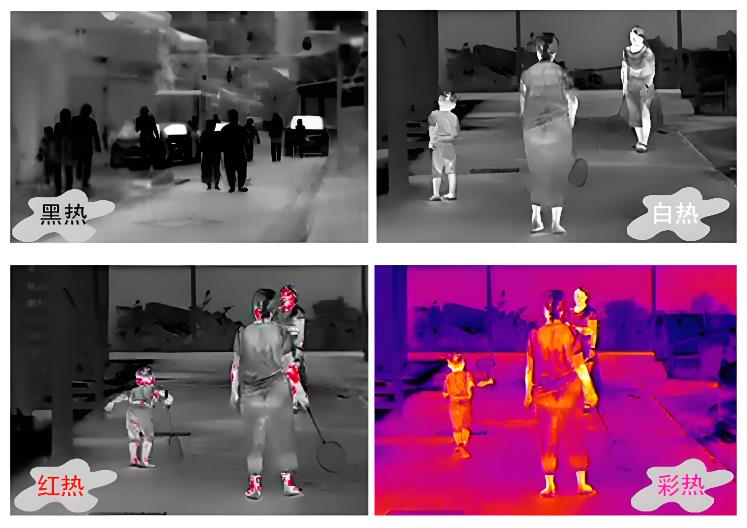Which is better, thermal imagers or night vision devices? In fact, there is no standard answer to this question. It depends entirely on your usage scenario and needs.
——Scene adaptability advantage——
When exploring in the wild at night
Low-light night vision device: Use weak light to clearly display the outline of roads and objects, making it safer for you to walk at night.
Thermal imager: Although it can detect warm-blooded animals, its thermal contour image is not clear enough, which may cause you to misjudge the road conditions ahead.

——Imaging detail advantage——
In military operations
Low-light night vision device: Allow soldiers to clearly observe the enemy's personnel mobilization and equipment deployment with natural low light when on duty at night, and seize the battlefield opportunity.
Thermal imager: Although it can detect hidden heating objects, in a complex military environment, its blurred presentation of object details is far less accurate than night vision devices in identifying the models of weapons and equipment and the specific actions of the enemy.

——Detection targeted advantage——
When patrolling at night for security
Low-light night vision device: With the help of ambient low light, clearly scan every corner of the park and detect abnormalities in time.
Thermal imagers: They have certain advantages in smoke or dusty environments, but in daily security scenarios, their detection distance and range are limited to small targets, and the lack of image details makes it difficult to ensure regional security as efficiently as night vision goggles.

With its excellent low-light amplification and active detection capabilities, night vision goggles have demonstrated advantages in detail capture and precise detection far exceeding thermal imagers in a variety of scenarios. When darkness shrouds you, you need a pair of truly reliable "eyes", and night vision goggles are undoubtedly the best choice!


